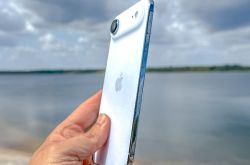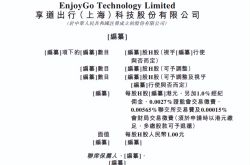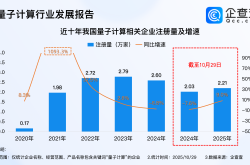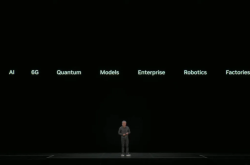Are There Still Numerous Restrictions After Activating eSIM on Your Phone? Here Are Responses from the Three Major Carriers!
![]() 10/30 2025
10/30 2025
![]() 551
551
eSIM, as a communication method, is by no means a new concept in the industry. In China, it has been supported on devices other than mobile phones for quite some time. In fact, many overseas versions of domestic smartphones have long embraced eSIM technology. The delayed adoption of eSIM in the domestic market can be attributed to specific circumstances. Now, with the iPhone Air paving the way, the widespread implementation of eSIM in domestic smartphones is merely a matter of time. However, the initial eSIM experience has been marred by various factors, falling short of expectations. Previously, the requirement to activate eSIM at a carrier's physical store was deemed overly cumbersome. Yet, it now appears that this inconvenience pales in comparison to other issues.
Even after activating eSIM, unexpected problems may still surface. Just yesterday, a topic related to mobile phone eSIM made it onto the hot search list, sparking intense discussions among netizens. Some users reported encountering usage restrictions after activating eSIM on their phones, primarily manifesting as abnormal call functions and even receiving high-risk warnings for their phone numbers.
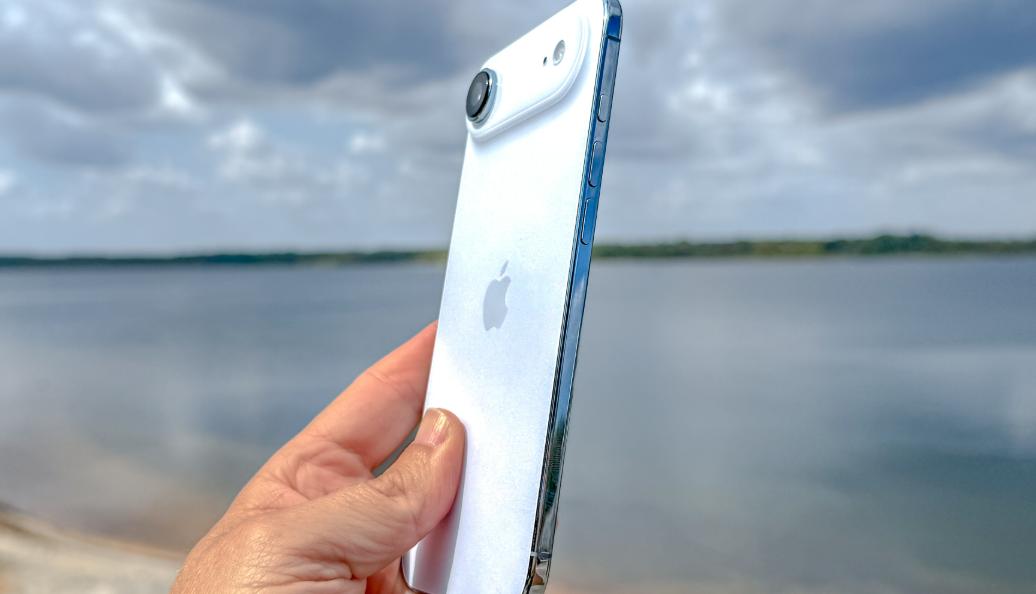
But is the situation truly as dire as some people perceive? The three major carriers responded promptly, stating that the usage abnormalities and risk warnings experienced by some users are not related to the eSIM service itself. Instead, they are primarily due to the carrier detecting abnormalities in the user's number, triggering system risk warnings. Consequently, secondary real-name authentication is required, either offline or online, using the user's ID. While this may seem inconvenient, the rules are clear-cut and will not be altered due to user inconvenience. Compliance is essential.
Among them, China Mobile's customer service indicated that users may receive prompts if their number has been inactive for an extended period, if a large volume of calls is made within a short timeframe, or if device changes occur too frequently. China Telecom has made similar statements. Ultimately, the carriers have established relatively stringent rules for mobile phone eSIM, which is understandable given the initial security considerations. Moreover, transitioning from SIM to eSIM is, to some extent, akin to switching to a new device.

Even during the SIM era, switching to a new device could be flagged as risky behavior. Therefore, it is not surprising that adopting a different communication method increases the likelihood of triggering risk warnings. Frankly, as long as security-related rules and measures remain within an acceptable range, there is little to complain about. Furthermore, secondary real-name authentication can be completed online, eliminating the so-called difficulty for users that some have claimed. Besides a few ordinary users, there are also individuals with malicious intent who may be dissatisfied with these security restrictions.
Regarding the issue of eSIM services not being available for off-site handling, users can simply report the loss of their SIM card and then apply for an eSIM. Frankly, eSIM is essentially no different from traditional SIM cards and lacks any special characteristics. Its recent surge in popularity online is primarily because domestic mobile phones have supported it for the first time, making it seem somewhat novel to some. Once users become accustomed to it, some may even find it less convenient than SIM cards. For instance, I am a staunch advocate of SIM cards.

Frankly, I don't believe it's beneficial that the iPhone Air leaves users with no alternative. The coexistence of SIM and eSIM may be more suitable for domestic users. What are your thoughts?


